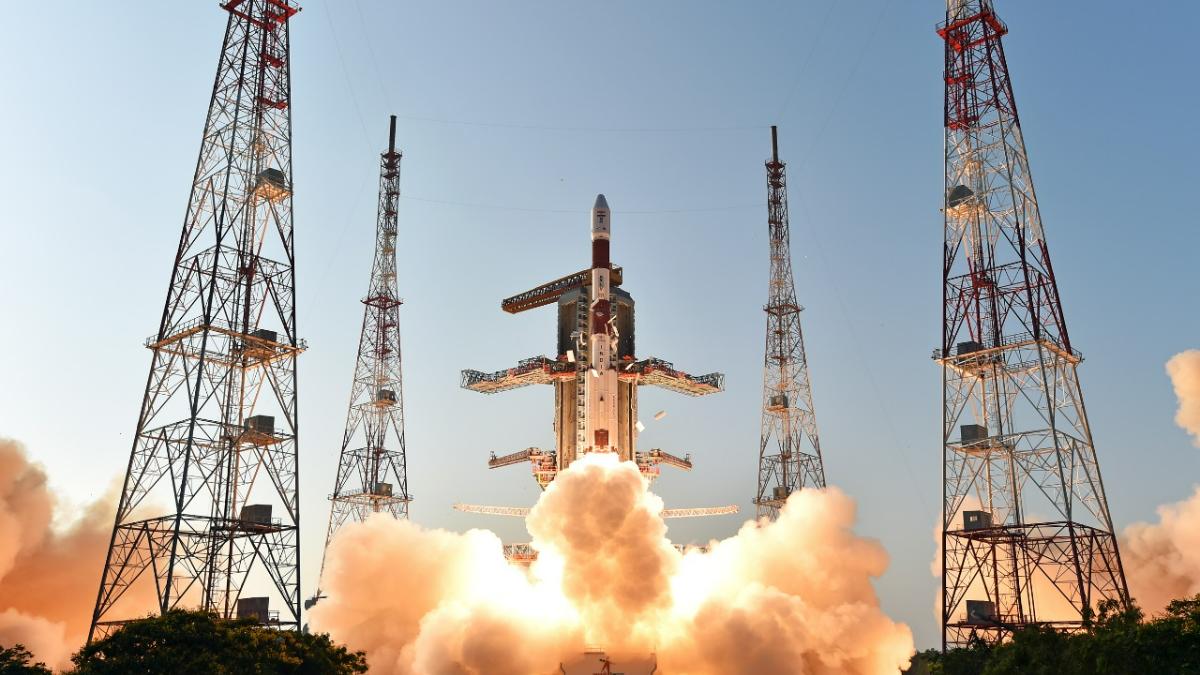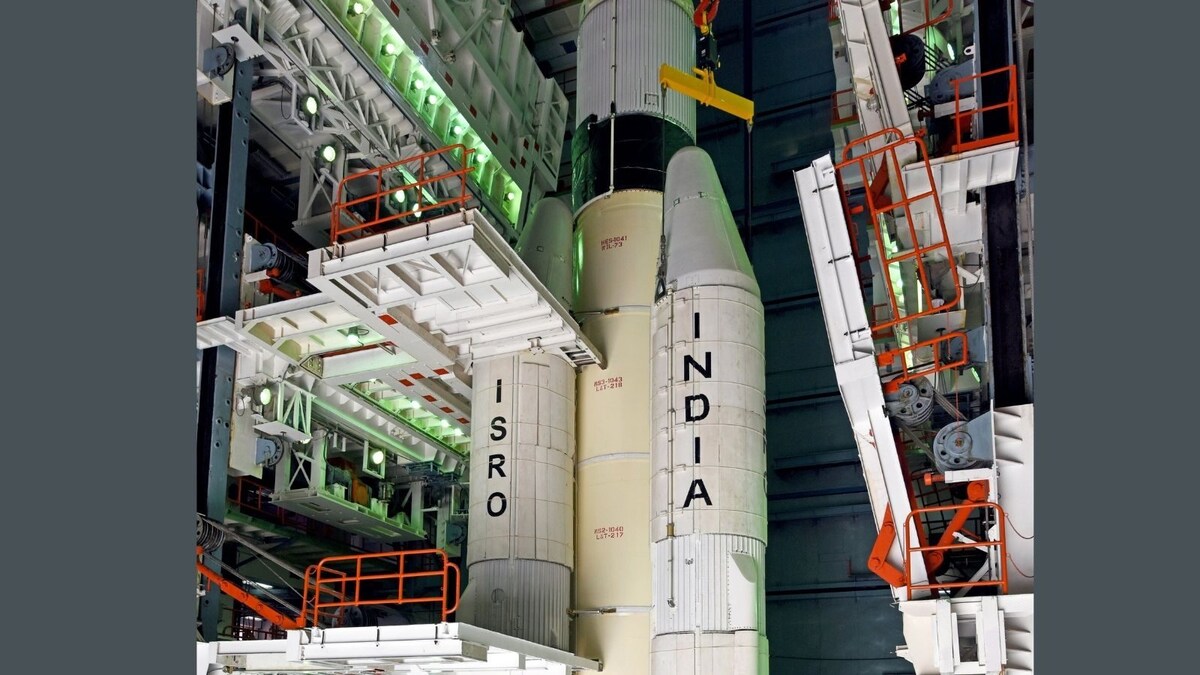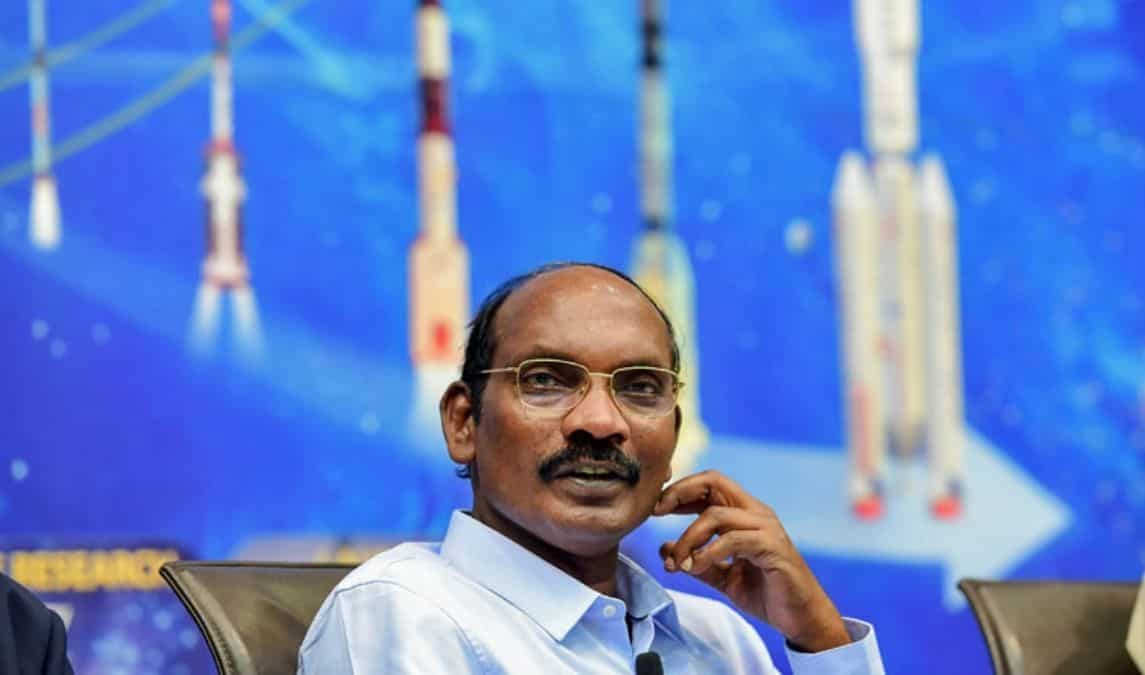Looks like the size of the "ISRO/DRDO slides and research papers" folder in your laptop is larger than the size of the hen tie folder in my laptop.
Watch @35:15 , "drop in 50 millibar pressure in LH2 tank lead to GSLV-F10/GISAT-1 failure.
1:26:24 Wonder what capacity constraints are being mentioned here for the Al-alloy longeron fabrication through plate route.
1:26:35 ISRO blokes using Redmi phones and tabs. FFS. (Or maybe its dudes at Midhani?)
1:26:52 Had no idea that is how they made curved isogrid surfaces.
1:26:58 Damn. Never knew they make gridfins with Wire EDM.
1:27:20 Wth is a supercappatery? Supercapacitor + Battery. I keep learning new things everyday.
2:15:44 Made for Gganyaan VILS: VikTor In-Loop Simulator. Component softwares include:-
VikTor: Vikram processor simulator which allows making of onboard flight computer simulator. VikTor-based onboard flight computer simulators used by flight software designers.
SITARA: Vehicle flight simulator (desi-KSP)
adVISE: Interface software
VILS used for closed loop simulations between flight computer simulator (based on VikTor) and vehicle flight simulator (SITARA) with adVISE interfacing between SITARA and VikTor-based on-board computer simulator.
VILS can simulate a rocket flight of 20 minutes duration in just 3 minutes.
Good to see Vikram processor being used in Gaganyaan onboard flight computer.
2:20:45 Another new tech I learnt from this:-
Fiber Optics based Measurement Sensors (FOMS) used for strain and temperature measurement in launch vehicle structural health monitoring. First demonstrated in GSLV D5 (2014). Planned use in RLVs.
FOMS works by emitting white light that falls on Fiber Bragg Grating (FBG) sensors placed at various structural parts where strain or temperature are to be measured. Under normal state, each FBG reflects light at a particular wavelength. This wavelength changes when strain or change of temperature are applied on the FBG sensor. So the Optical Processing System notes the change in wavelength reflected and can know the strain or temperature reading of each FBG sensor.
Now the presentation was about POWER (Programmable Optical Wave Energy Reflector) which is a testing system used to simulate wavelength shift to the Optical Processing System for the System's test and evaluation before its put onboard a rocket. Wavelength shift can be simulated by either temperature changes on a FBG sensor, which would require the entire thing to be put in a thermal chamber which stabilizes at one temperature in 15 hours. Their approach is simpler, simulating strain on multiple FBG sensors of different center wavelength (wavelength reflected at zero strain) by using that setup they showed at 2:23:27. This reduces testing and evaluation time from 15 hours to 15 minutes (shouldn't it be more than that?). POWER seems like a no-brainer to me, but this FOMS tech is new to me. I was still stuck in traditional strain gauge era.
Hack-proof communication network, self-eating-rockets, vanishing-satellites: Isro working on disruptive future tech
New technologies like self-eating rockets will revolutionise the space sector, which is marred by growing concerns about space debris.

www.indiatoday.in
The first quantum comm. experiment (QUESS) is to be launched on a PS4 stage piggyback. No idea which PSLV mission though.
 www.isro.gov.in
www.isro.gov.in
 www.isro.gov.in
www.isro.gov.in



